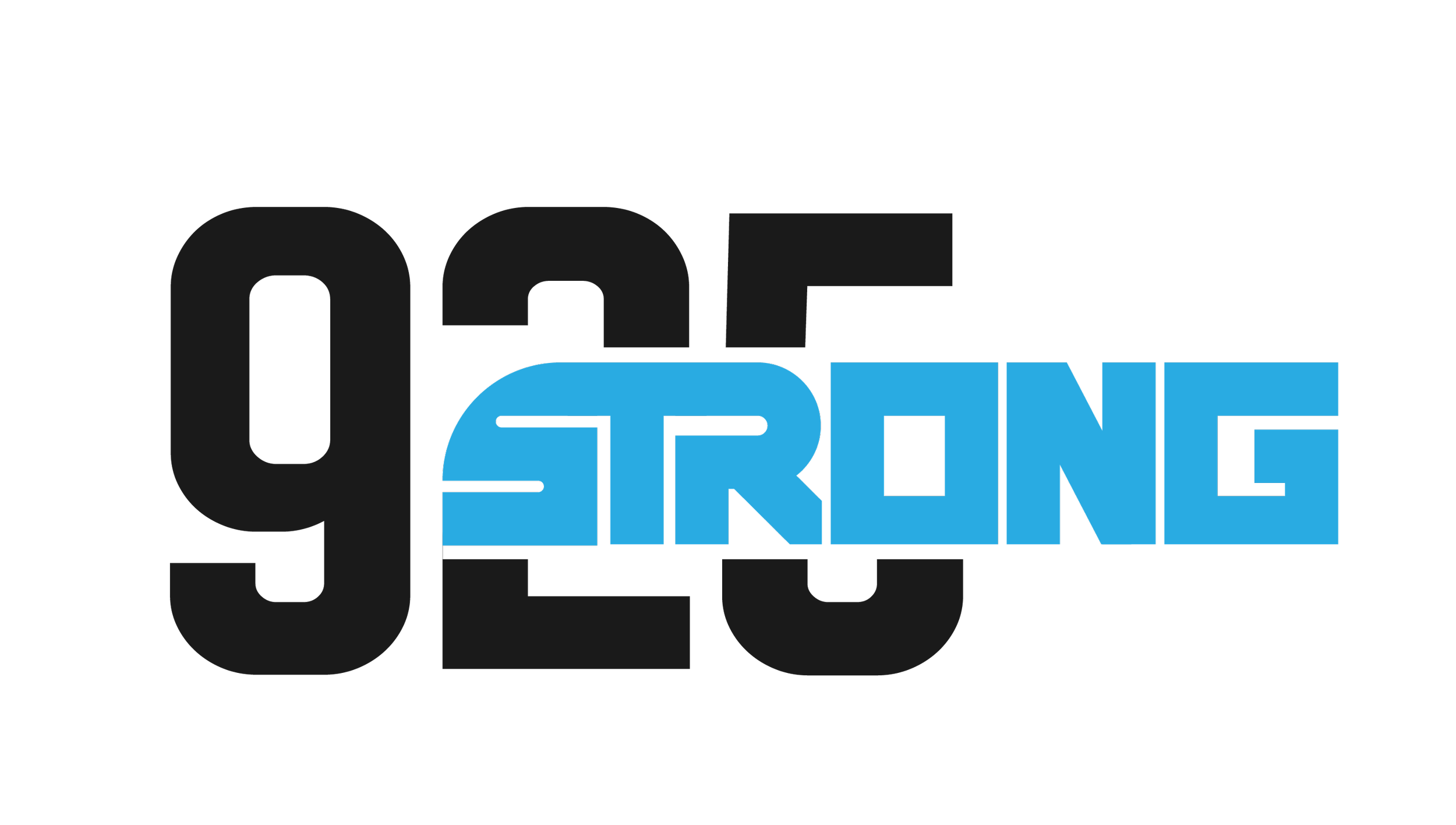How to Get a Great Workout on a Bad Day
By Diana Tyler
We’ve all had those kind of days. You know the ones. You wake up on the wrong side of the bed, feeling inexplicably grumpy, frustratingly groggy…and your neck is stiff.
Once you’ve pressed “snooze” for the final time and willed yourself out of bed, you shuffle into the bathroom and trip over a mountain of laundry that you left on the floor the night before, then stumble into the shower door.
En route to the blessed coffee maker, you stub your toe on the corner of the couch and wonder why in the world toes have to have so many darned nerve endings.
You try cooking yourself a healthy, hearty breakfast, full of plenty of protein, good fats, and slow-digesting carbs, but a quick look in the fridge reminds you that you haven’t been grocery shopping in a while, and so breakfast consists of an overripe banana and some trail mix.
In the car, when you’re forced to slam on the breaks thanks to the maniac who pulled out in front of you, your tumbler of hot coffee spills all over your shirt.
Your day of work is just as disastrous, and just when you think your lunch break will be the reset button you so desperately need, a talkative co-worker asks you to jump his car, a task that, due to his loquacity, eats up an unnecessarily large chunk of time, time during which you’re eating up, well, nothing.
After work, all you can think about is relaxing in the recliner with a bag of pretzels and watching your current favorite show. You’re signed up for the 5:30 p.m. CrossFit class, but after the day you’ve had, is trying to work out even worth it?
Not with that attitude it’s not.
There’s a common motivational fitness quote that says, “The only bad workout is the one you didn’t do.” I disagree. I believe that the only bad workout is the one you did with a poor attitude. (According to logic, the workout you didn’t do wasn’t a workout at all!) The one where you dragged yourself into the gym because someone, be it your partner, a fellow gym member, or the miniature big-mouthed Biggest Loser coach perched on your shoulder, would have made you feel guilty if you hadn’t. The one you forced yourself to get through because you bought into the notion that “something is better than nothing.”
Beyond supplying a cheerful checkmark on your day’s to-do list and a welcome jolt of energy, such workouts accomplish very little. Sure, they beat going home and vegging out in front of the TV, but they’re still “bad” in that they fall far short of their potential. Because they’re performed with a sense of drudgery and obligation, rather than alacrity and intention, they’re unable to fully deliver the benefits of a solid exercise session, benefits which affect not only our physical bodies, but our mental and emotional states as well.[1]
So, what should you do after a day spent inadvertently proving Murphy’s Law? If everything that could go wrong for you so far has, is there a way to reverse the trend before stepping foot in the gym? The answer is, of course, absolutely.
Visualization is something that top performers, be they high-powered CEOs or pro athletes, regularly use to ready their minds for important tasks. Muhammad Ali spoke often about picturing his victories before they happened. Jim Carrey used to envision himself as the greatest actor in the world before he “made it.” Lindsey Vonn always visualizes the run before she skis it. These are just a few examples of people who have mastered the art of preparing the body by first focusing the mind.
Sure, a workout might not be as dramatic as a boxing match, as glamorous as a movie role, or as thrilling as an Olympic skiing course, but that doesn’t mean it’s not important; for reasons we’re all aware of, regular exercise is one of the most important things we can possibly due for good health, longevity, and overall wellbeing.[2] Visualizing ourselves performing a workout, from putting on our favorite tank top or pair of sneakers, to huffing and puffing when we’re done, shifts our focus from whatever present frustration might be troubling us onto a future of hard yet satisfying work, stress relief, big smiles, high-fives, fist bumps, and a heaping dose of feel-good hormones that do our bodies, and minds, good. (Not to mention #gainz in one or more of the ten domains of physical fitness![3])
Self-help author Peter McWilliams said that “to visualize is, in fact, to make visual lies. Visual lies, however, have a way of coming true.” Even when our day’s been cruddy, even when our bodies feel beat down and our minds overwhelmed just at the thought of exercise, we can visualize a sunny, uplifting “lie” about the immediate future. The second we start to imagine the day changing course, beginning with the donning of our workout gear or the consumption of a pre-workout snack or drink, we initiate an upward spiral of positive thoughts and images, all of which lead to a positive reality to match.
The next time you have, like poor Alexander, a “terrible, horrible, no good, very bad day,” I challenge you to take a minute, even a few seconds, to visualize a successful workout, whatever “successful” means to you.
Take a few deep breaths.
If you’ve got your phone handy (who doesn’t?), play a favorite motivational and/or inspirational song.
Take a few more breaths, then experience the workout one more time in your mind, taking time to zoom in on the strength you feel in your muscles, the energy you feel in your veins, the air expanding your lungs, the smile spreading across your face, the detoxifying sweat dripping from it.
This may not guarantee the end of your day’s troubles, nor eliminate every iota of stress, but it will ensure a workout that not only wasn’t wasted, but was worth every second.
Sources:
[1] https://www.ncbi.nlm.nih.gov/pmc/articles/PMC1470658/; https://thriveglobal.com/stories/the-emotional-benefits-of-exercise/
[2] https://www.mayoclinic.org/healthy-lifestyle/fitness/in-depth/exercise/art-20048389
[3] http://journal.crossfit.com/2002/04/foundations.tpl

